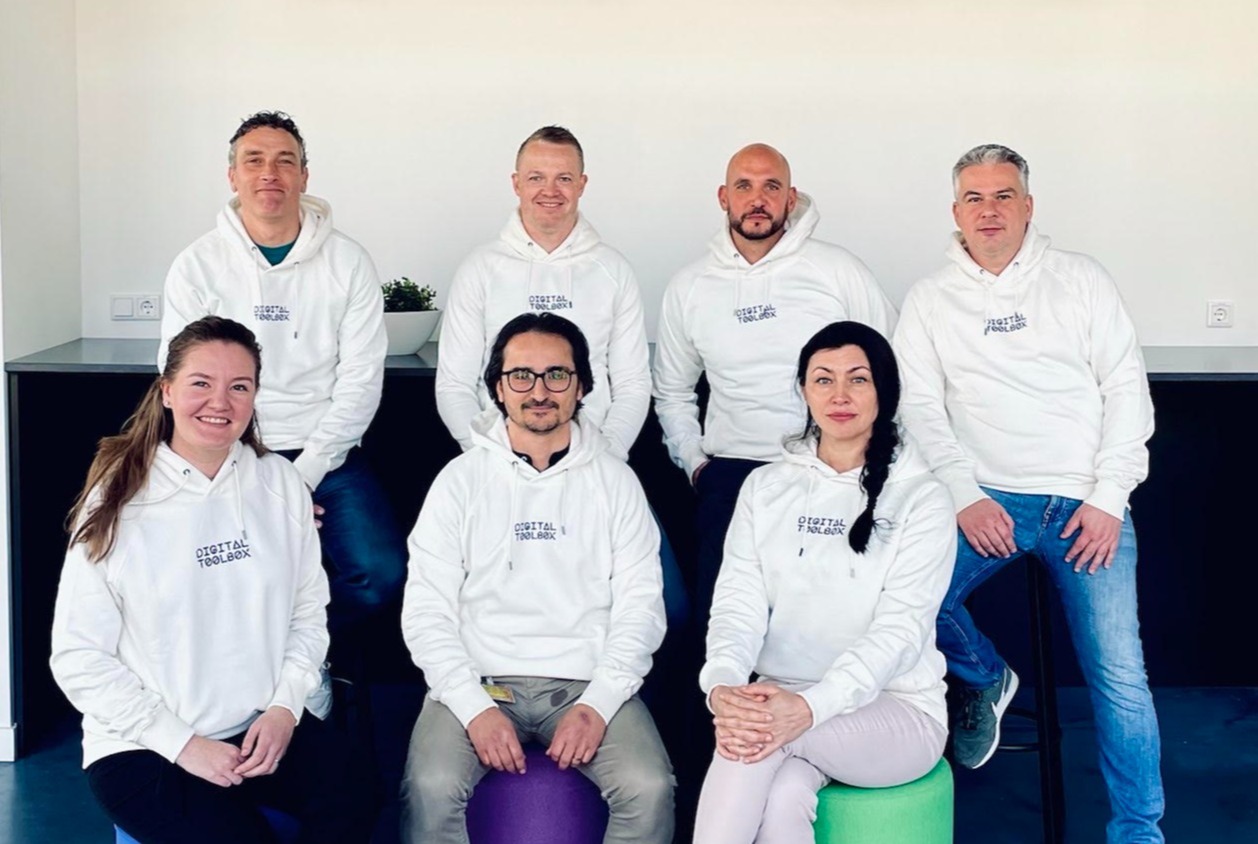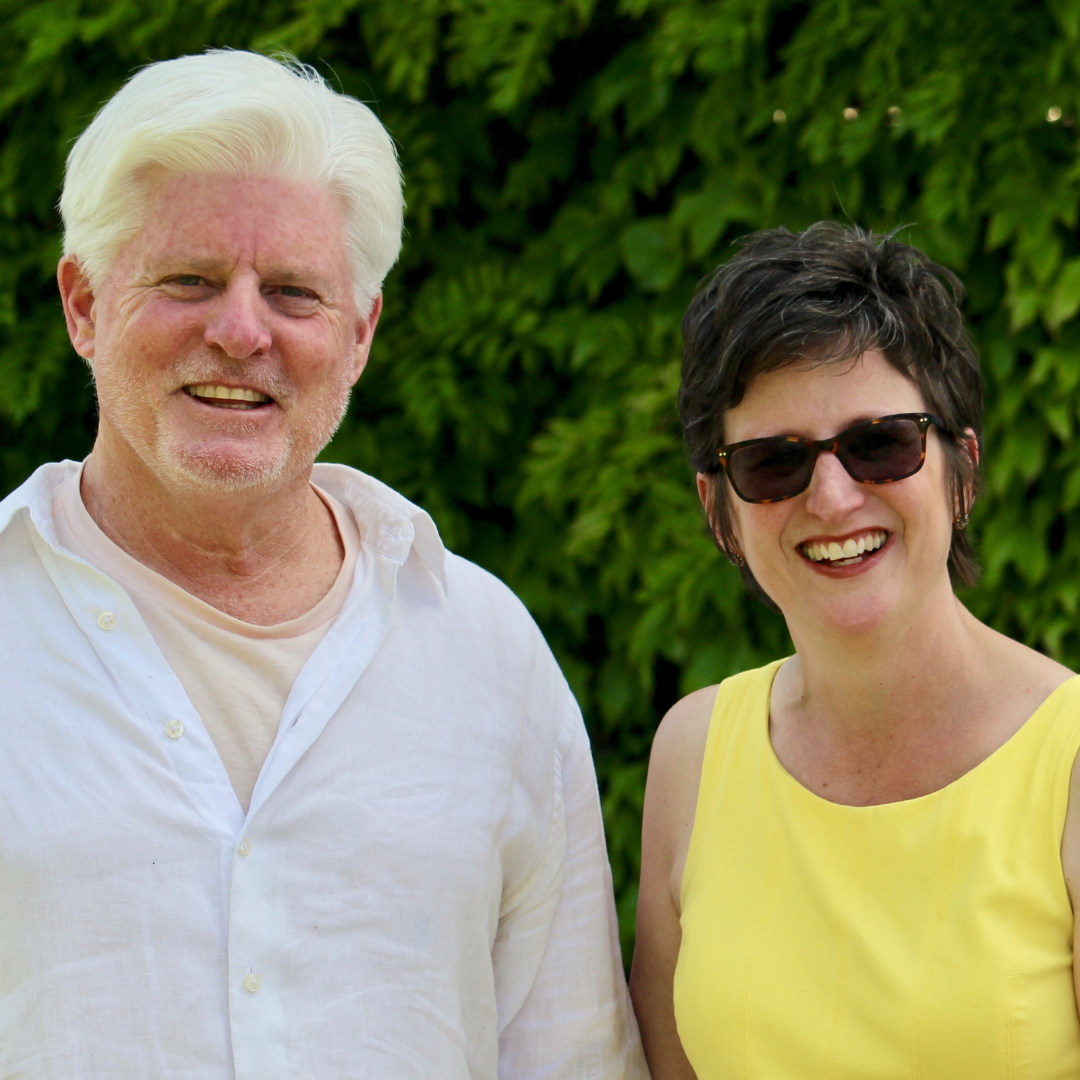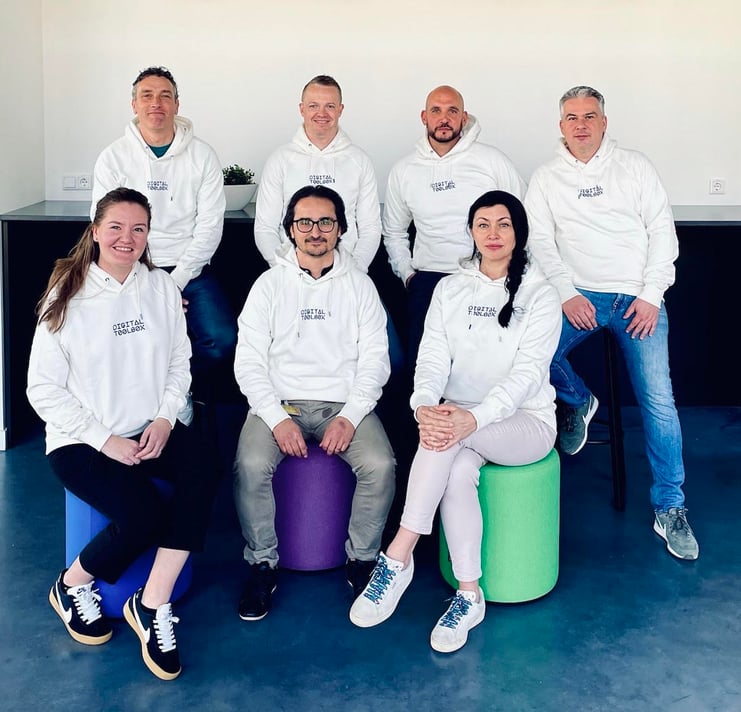


His startup may physically be in HTC 5 on High Tech Campus Eindhoven, but Jonas Onland lives and works in the future. Air taxis and flying cars may seem like science fiction, but for Onland, founder of Serendipity, these are real-world technologies he’s helping cities and countries prepare for now.
His goal is to help cities use digital tools to prepare for concepts such as climate-neutral cities, circular neighborhoods and more interconnected communities.

Serendipity is a High Tech Campus Eindhoven-based startup that is all about the big picture. Whether it is Urban Air Mobility, real-time monitoring of cities, developing circular neighborhoods or human-centered services, Serendipity looks at how technology can create positive impacts on the environment, the community and the economy. It imagines what cities should look like a generation from now and helps them lay the digital infrastructure for those changes – not when it's needed – but now.
To do this, the company has developed its Digital Toolbox, which helps cities choose next-generation solutions that are compliant with the latest and upcoming digital legislation and interoperable. This makes the solutions easy to find, but also helps cities avoid vendor lock-ins, which essentially forces them to continue using a service regardless of quality because switching away from that service is not practical. The Toolbox is the instrument to help cities become adaptive and agile.
In many cases, these are entirely new concepts, so cities need advice as to how to move forward. That’s why the company also spends a lot of time educating them on next-generation solutions. It helps them set a vision, integrate solutions from its Digital Toolbox and realize new business opportunities from these advancements.
“We get asked all the time ‘Are you a tech company or consultancy company?’” says Onland, Managing Partner and Chief Visionary Officer of Serendipity. “But I don't want to be labeled. We’re a mix. We advise on strategy and automate the products and services available. We deliver ‘Service as a Product’ to create the impact a society needs.”
In California, Serendipity has advised on building circular neighborhoods that are not only climate net-zero, but also generate energy and produce food. It’s the first step to create “the freemium model of living.” The company has consulted with cities such as Den Bosch about prioritizing nature and, as a benefit, receiving carbon credits to boost their economy and human welfare.
One of the key focus areas of the company is Urban Air Mobility. It works on the big question of how to create an infrastructure for drones and electric vertical take-off and landing aircraft (eVTOLs) in a safe, secure and regulated way. And doing all of this while complying with the regulations of the European Commission.
It’s not just about knowing whose drone is flying where and when, but also about developing defined aerial routes above cities and creating rules for the behavior of aerial vehicles based on European laws.
As an example of this work, Serendipity works with cutting edge technology and partners such as VERSES, Nalantis and the University of Maastricht to automate policy. With this approach, technology was developed for the operating system of drones based on the laws governing the interaction of drones with nature, such as birds. The team made a machine-readable code from the legal text and then applied it to the drone’s operating system.
The first results are interesting. Finding the definitions in this specific law were too vague to automate, so they reverse-engineered the intent of the policy to make it workable.
Earlier this year, the company received 800,000 euros to refine and accelerate the rollout of its Digital Toolbox in cities and regions throughout Europe. This is part of Flying Forward 2020, a three-year R&D project to develop a state-of-the-art Urban Air Mobility infrastructure.

Serendipity has developed a vision, together with Digie, for this geospatial infrastructure and selected its partners. Now, the team is proving the effectiveness of its digital tools in small-scale use cases. The consortium is testing this in five field labs throughout Europe, in which the High Tech Campus Eindhoven was the first.
“We’re testing our geospatial infrastructure. Because if a small drone can fly with it, a flying car can as well,” said Onland. “The real impact of Urban Air Mobility for cities will be passengers and heavy freight transportation within and between cities. By doing this together, autonomously and cleanly, we create the alternative for mobility as we know it."
But also, in the short term, we see impact. Right here on High Tech Campus Eindhoven, Serendipity is testing its Digital Toolbox with drones for security and safety. Think drones to monitor building maintenance and bring Automated External Defibrillators (AED) to emergencies.
With sensors all around campus, HTCE only needs two or three people in the security department. Onland explained that if someone touches a sensor, a drone is sent to check it in a couple of minutes. “The cost reduction is huge,” he says. “The business case shows that it saves significant operational costs per year on security just for a campus like HTCE.”
These experiences in smaller field labs will be later applied to larger-scale efforts. The company is targeting the Dutch National Growth Fund in early 2024, which sets aside more than significant investment to define the future of Urban Air Mobility for the Netherlands and Europe. Serendipity will work with the national government to define the roadmap and work together with all the relevant national players, such as Schiphol, NS and Eindhoven Airport. That’s when big things can really happen, like setting up a national infrastructure for flying vehicles.
“It’s too crowded on the ground, but the urban airspace is still completely open in cities. You will have air highways between cities to transport people and goods for warehouses. And all of these corridors will essentially be software,” Onland said.
This grand vision for Urban Air Mobility and future-proof cities needs planning, forward-thinking and maybe just a bit of serendipity. That’s what the company is working on.